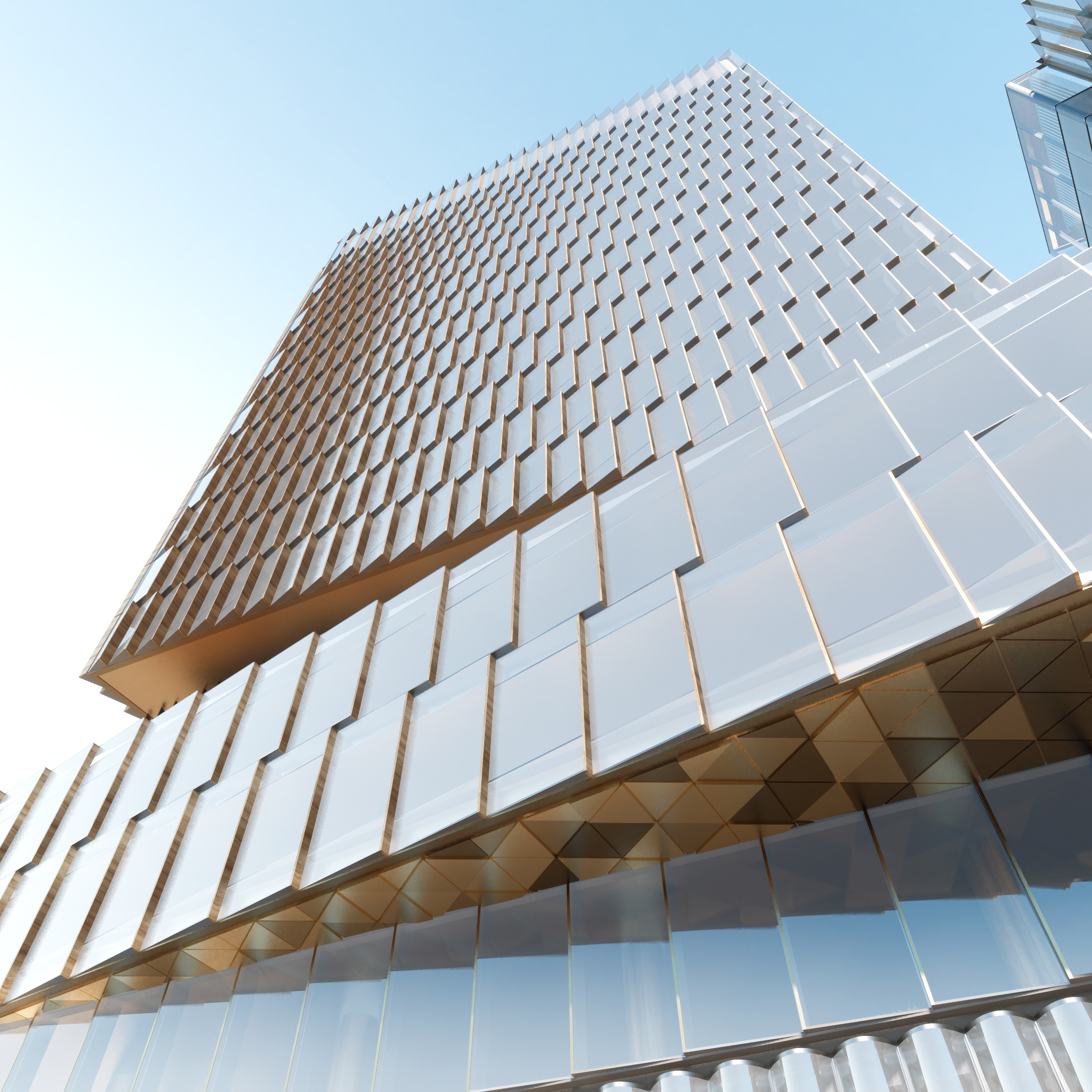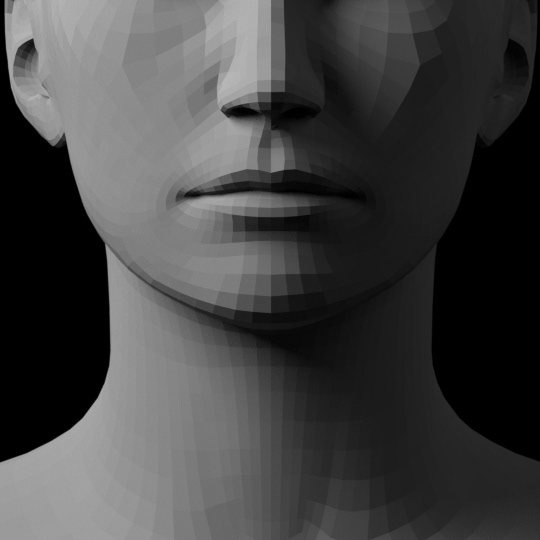Synopsis
'Virtually Physical Immaterial' (DOI: https://doi.org/10.47330/DCIO.2022.MQMZ7444) was published at the 2022 Conference Design Computation Input/Output (DC I/O). The conference was established with the premise that computational design methods should benefit from the scientific method and whenever possible, be cross-referenced in the many design disciplines to evolve and diversify the field. (DOI: https://doi.org/10.47330/DCIO.2022.ACSL3567)
The paper was categorised under Cultures and the proceeding took place on day 3 of the conference. You can watch the presentation here.
If you wish to view the published paper, you can do so here.
If you wish to have access to the full document, please contact me.
If you wish to have access to the full document, please contact me.
Role
Author, Researcher
Credits
Mentor // Abel Maciel
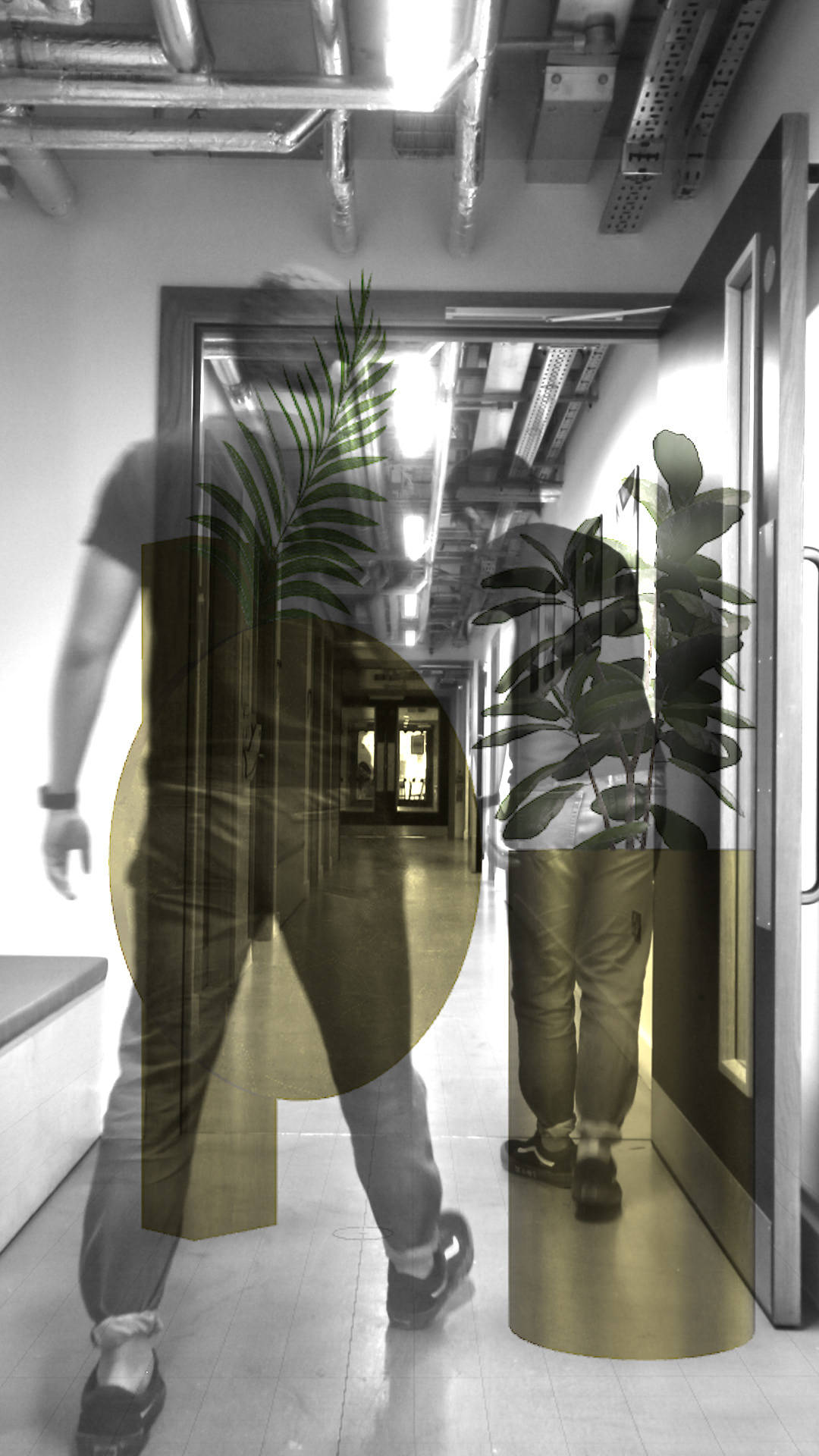


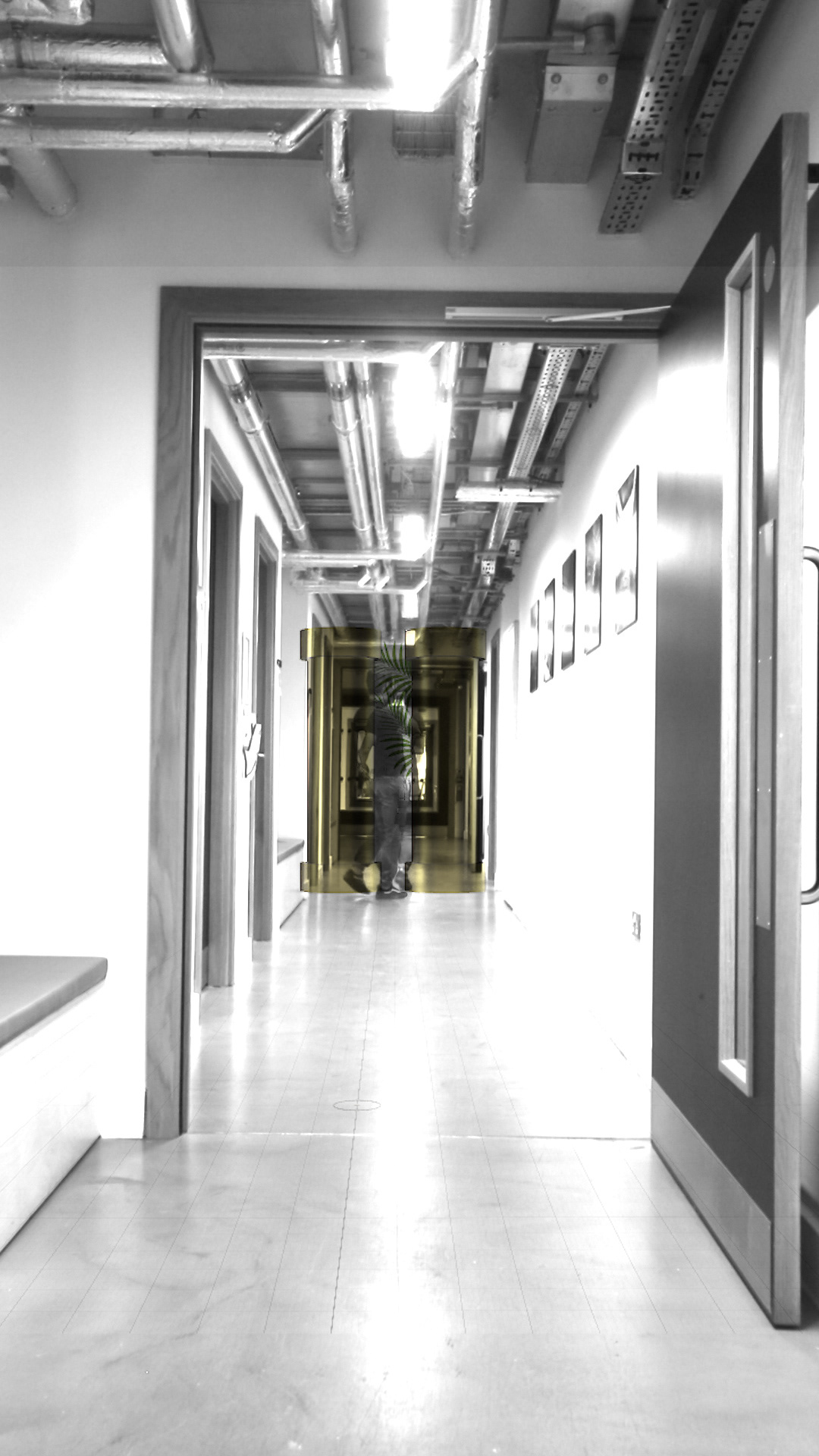

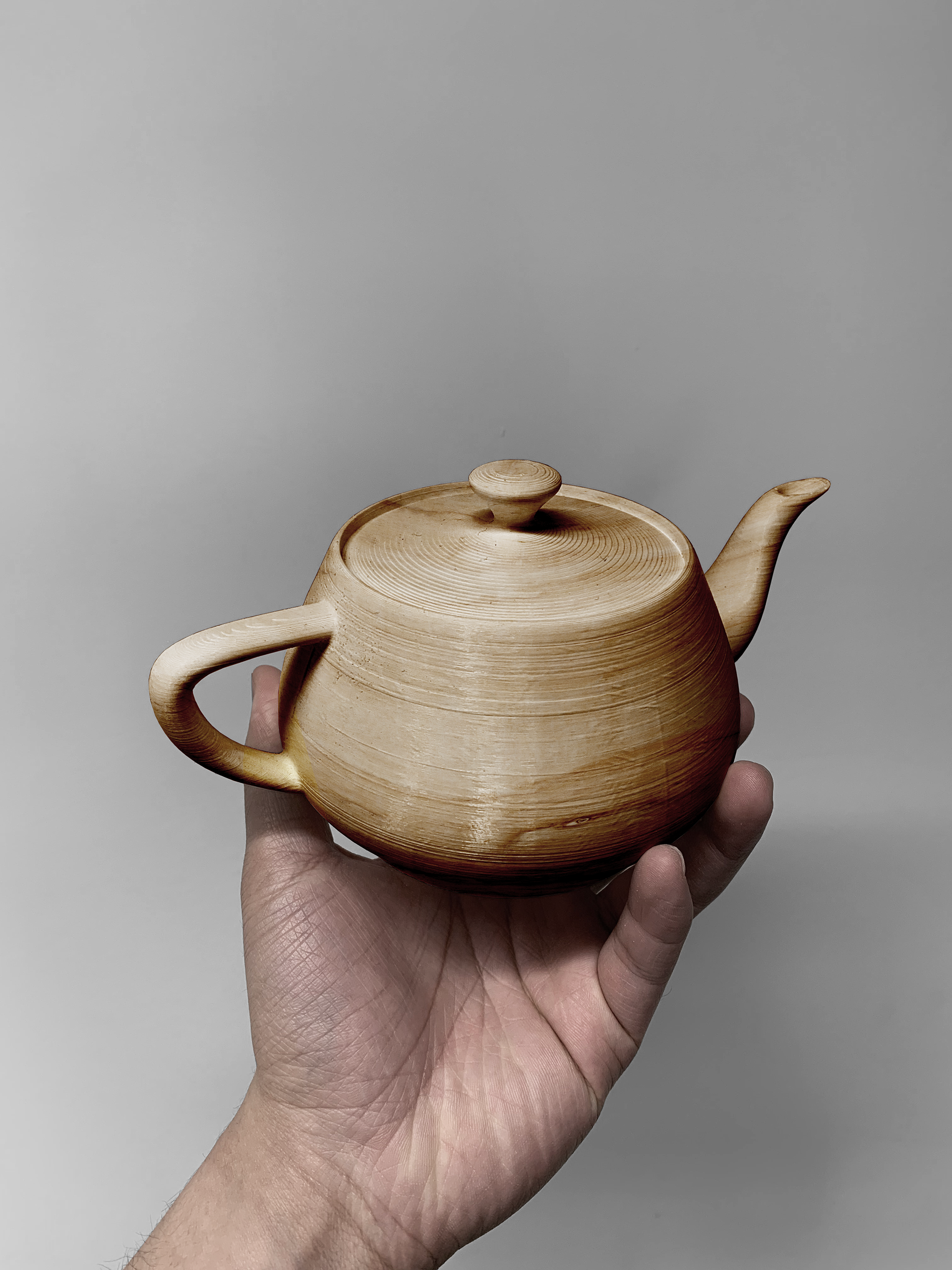
ABSTRACT
This research investigates the potential benefits and drawbacks of Augmented Reality (AR) in architecture and how it can transform architecture’s spatial properties and performance. Consequentially, it also investigates how this potential transformation might affect AR users and how they navigate the physical architecture.
The definition of AR as an enhanced version of reality is problematic. The word ‘augmented’ in itself suggests an increase of value of the subject. The thesis disputes those definitions and considers the composite state that AR creates, neither fully virtual nor fully physical, and, in particular, what this might mean in the context of architecture and architectural production. Thus considering how the properties and applications of AR can (and should) be leveraged to create a new form of spatial conception. Consequently, it proposes strategies for how this can impact architecture programmatically and cognitively.
This research is organised to introduce the current developments in the field by first presenting a literature review, and then using this research to formulate a hypothesis that is finally tested. Two complementary experiments were conducted and the initial findings seem to suggest a higher effect in spatial navigation through augmented environments. The conclusion chapter elaborates on the impact this research might have in architectural and spatial design production, reflecting on possible future avenues of research.
AR DESIGN
An opportunistic but suitable workflow was developed to create augmented applications for the qualitative and quantitative experiments. Two AR human-computer-interaction (HCI) experiments were designed - one targeting the ventral stream (object recognition) and one targeting the dorsal stream (spatial navigation) in our brain. The aim was to collect data on human behavioural changes when exposed to AR. The results were used to evaluate the potential value and impacts of AR in architecture and architectural production.
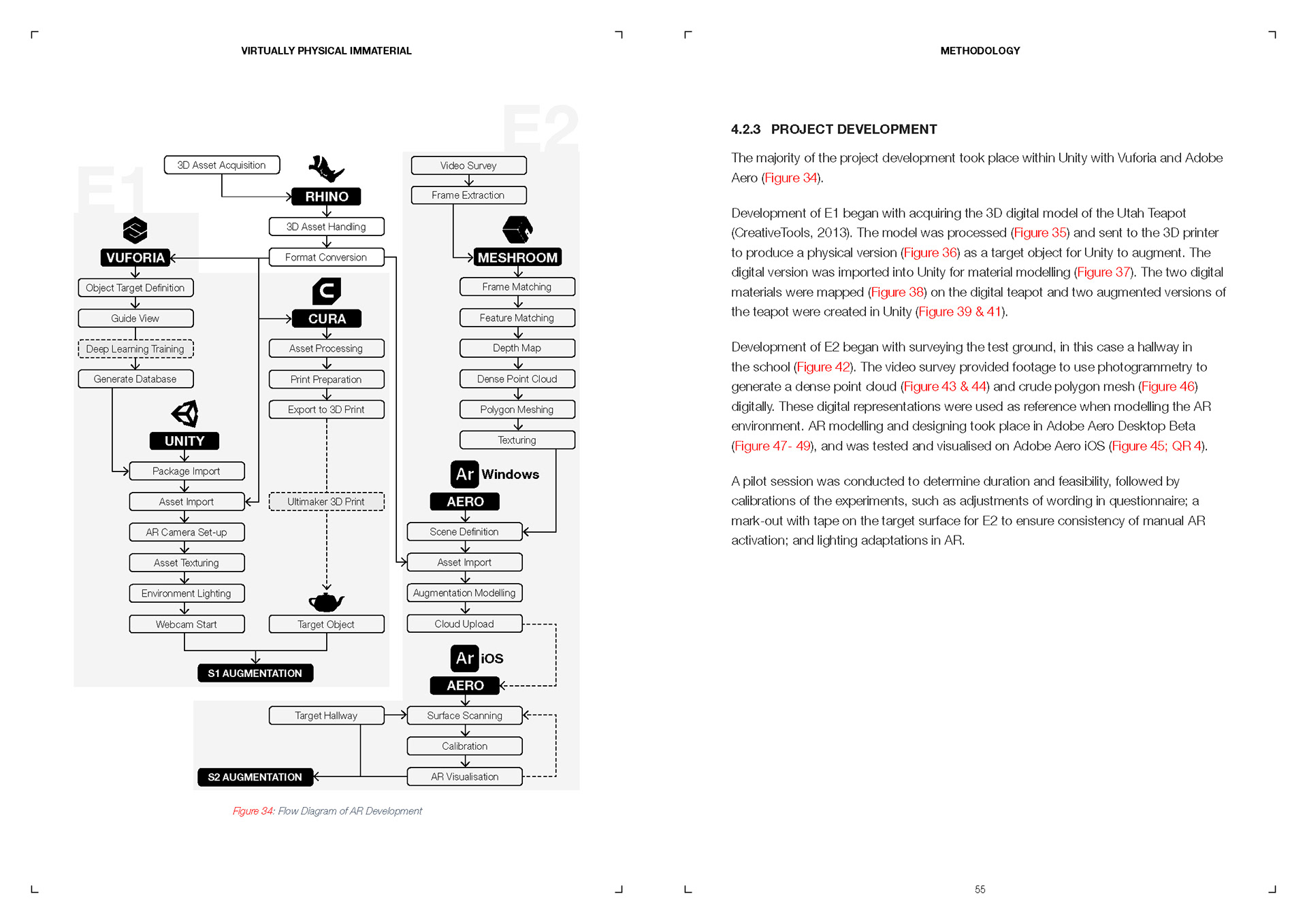




'... the "reality" in AR suggests not physical existence or substance, but existence or substance in the mental space of the users.'

Actual 01

Actual 02

Actual 03

Actual 04

Actual 05

Actual 06

Actual 07

Actual 08
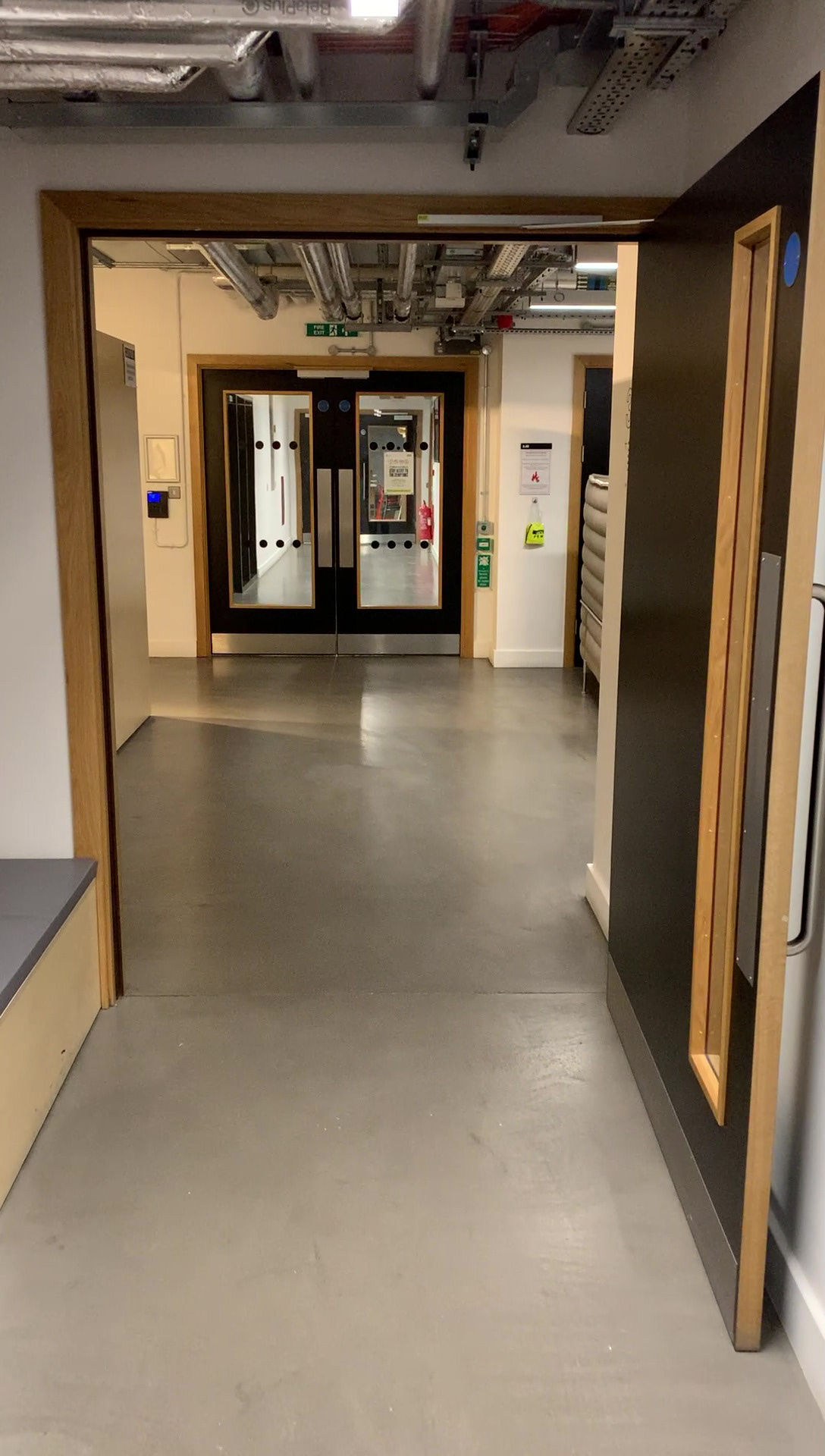
Actual 09

Actual 10

AR 01

AR 02

AR 03

AR 04

AR 05

AR 06

AR 07
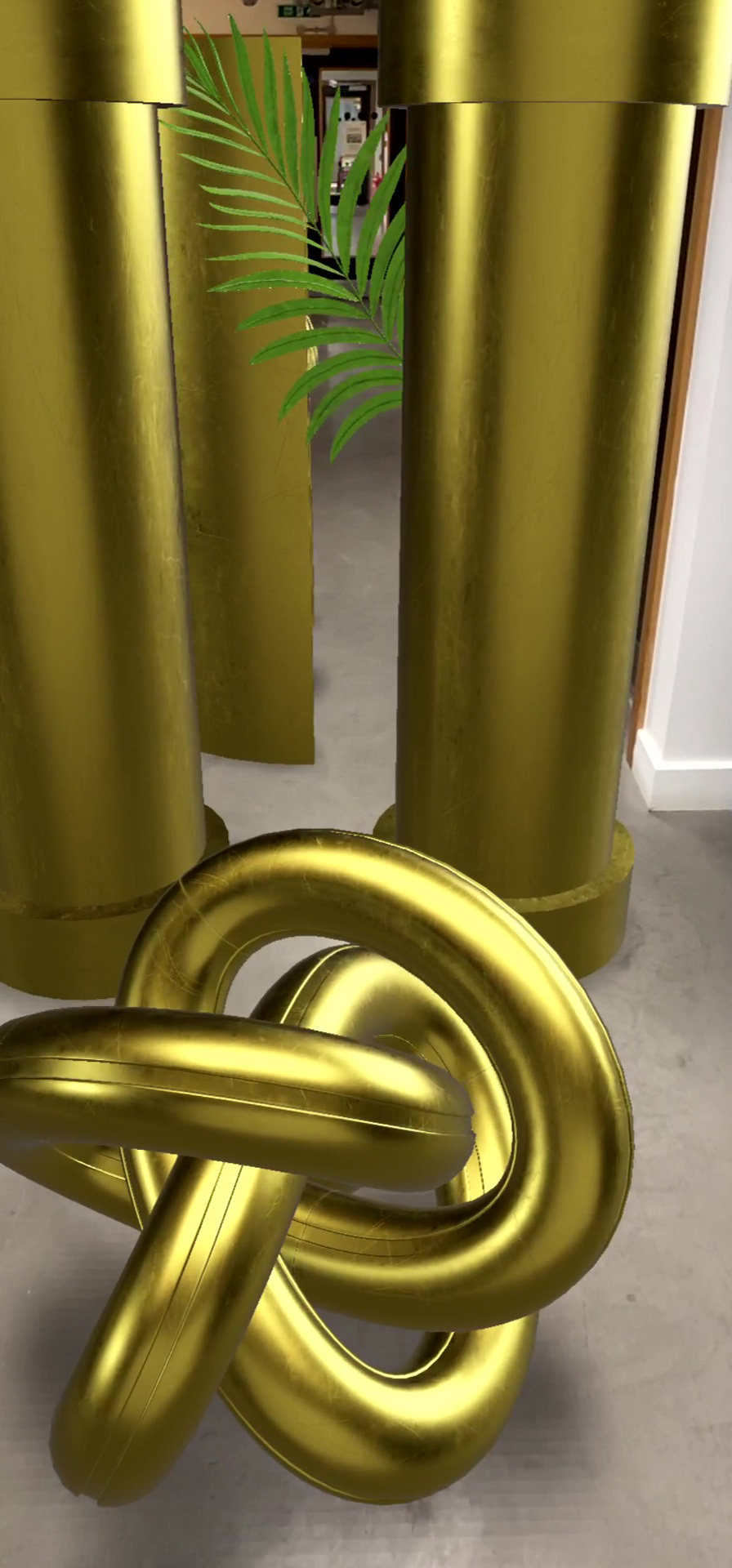
AR 08

AR 09

AR 10
If you wish to view the published paper, you can do so here.
If you wish to have access to the full document, please contact me.
If you wish to have access to the full document, please contact me.













